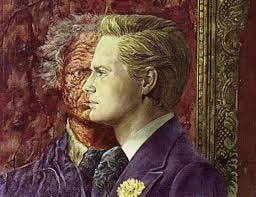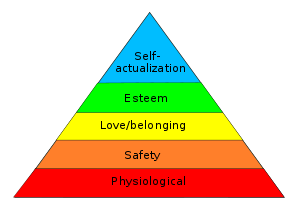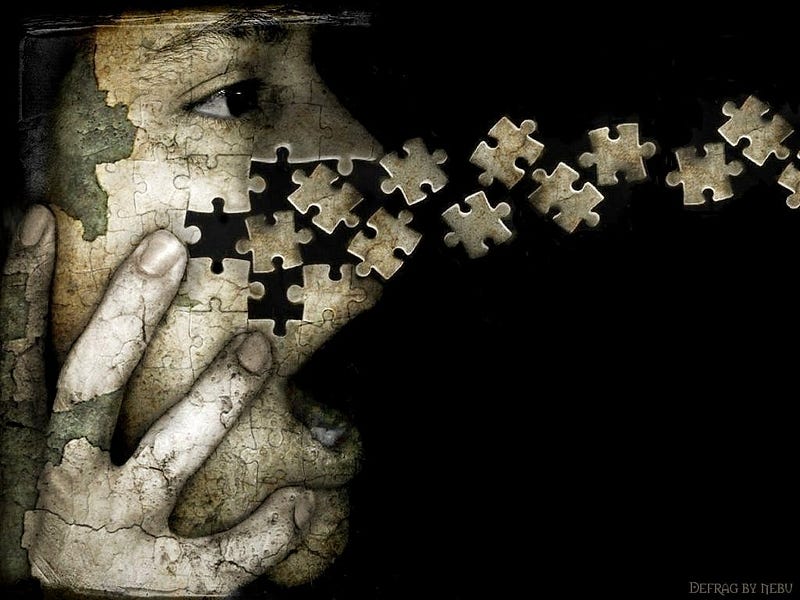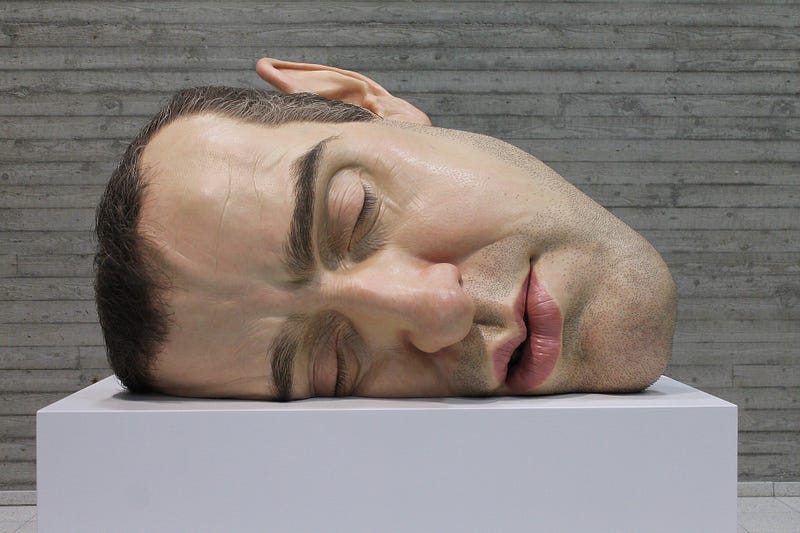
“To be yourself in a world that is constantly trying to make you something else is the greatest accomplishment.” — Ralph Waldo Emerson
The word Persona means “outward or social personality”. It is a Jungian (coined by Carl Jung) psychology term, derived from Latin, where it originally referred to the theatrical masks worn by actors. Thus, a persona can be considered a mask, a role we play.
The word person comes from persona, suggesting perhaps that people are playing roles in society and wearing masks.
This Thursday Thought puts the concept of wearing a mask under the microscope. We explore how we wear masks in society, life and the workplace. Imagine instead of putting our energy into wearing a mask, into fitting in to a “workplace pigeonhole”, imagine we could instead spend that valuable energy doing something meaningful?
Multiple Masks

There is a natural growth curve in life where we go through a process of self-discovery. We pass through life with different friends, different influences and different experiences.
We have an internal GPS (Gut Pheeling System) this gut feeling informs us when we are out of sync with ourselves and this starts when we are children when we instinctively know right from wrong.
However, as children, our body language betrays us and it is easy for adults to spot a lie. Unfortunately, we get better at masking the truth as we grow older and it becomes easier for us to lie (We will explore more when we publish our innovation show interview with body language expert Allan Pease).
Even when it is easier for us to lie it never truly sits well with us (I am excluded narcissists and psychopaths here). But, just as with any discomfort, we eventually get used to it and stop noticing it after a period of adjustment, but it is still there, repressed.
Just as we learn to mask our feelings, we also learn to wear certain masks for certain occasions and certain societal groups.
Think of the masks that we are conditioned to wear. We are conditioned to wear a societal mask by the education system, another by religion, another by our families, another for our friends, yet another by (perhaps multiple) social groups (sport, science camp etc.) and eventually one we wear for quite a long time in the working world.
When we wear multiple masks it is exhausting, changing the mask to suit the scenario, adapting who we are to fit the situation we find ourselves in.
The Workplace Mask
“If you are going to climb a ladder make sure it is against the right wall”
Based on a 40-hour working week, and a work life spanning the ages of 20–65 with two weeks annual vacation, we amass a total of 90,360 working hours. What a huge period to spend wearing a mask if that is truly what you may do. I am happy to share that I have always remained true to my authentic self in the workplace, even when this meant I had to leave that role and I know this is a difficult choice, believe me.
Life is just too short to feel out of sync with your true self, to feel the discomfort in your gut of holding back who you really are and to feel psychologically unsafe.
Unfortunately, as people climb the corporate ladder the mask they wear often becomes more intense. When an operations person becomes a manager, now they have to wear a new mask. When a manager becomes a C-suite executive, now they have to wear a C-suite mask and perhaps even another for the board of directors when they encounter them.
Don’t get me wrong here, I am a huge proponent of professionalism, but I want to make the distinction that being professional is not a mask. Professionalism is a mode we enter, it is a gear shift. When I was a kid in school I always insisted on wearing my school blazer, it helped me enter school mode, when I went home I would change straight away into comfortable track pants, I was in home mode. These are modes, not masks and are great ways to trigger positive behaviours.
Becoming the Mask
“At 50, everyone has the face he deserves.” — George Orwell

It is indeed a great tragedy when someone becomes the mask they wear. Perhaps you have a person in your work who is simply horrific to deal with? Perhaps it is a client or supplier? Perhaps you have no choice to deal with them, so you have to make do? Have you ever noticed that they often look much older than they are or they have a face like a bulldog chewing a wasp? They are like Oscar Wilde’s Dorian Gray, except there is no attic in which to hide the portrait, they become the portrait.
When you enter some organisations you will feel the stale energy in the air. You will notice that people tend to look like each other, not in a good way. Sometimes, they mostly look older than they should and sometimes they start to resemble their team leader. Perhaps they do it to survive, to fit in, to avoid ostracisation. When you are a yellow canary in such a coal mine, you don’t fit in, so you should fly away.
Consider another scenario.
You know that childhood friend or acquaintance with whom you shared great times and of whom had fond memories? Then you meet them years later, perhaps at a school reunion and you think, “What happened you man?”. They have amassed great wealth and have a well-paying job, but are ultimately not fulfilled. They have worn a mask for so long, they have become their mask.
Identity Whiplash
Sociologist Anthony Giddens once wrote, “the capacity to keep a particular narrative going” is what gives us an identity. In this respect, the narrative we hold in our mind, who we tell ourselves we are is extremely important.
Our narratives become ultra-important when we stop being ourselves. Perhaps we start believing the narrative others have assigned us? Perhaps we start telling ourselves a false narrative? Whatever the case we are not directing our own screenplay, we are letting others dictate it, direct it and we may not even play the starring role.
When there is a mismatch between who someone really is and the mask they were. I call this identity whiplash, where one lives out of sync with their true self, their true identity. The real tragedy happens when someone wears their persona for so long that they lose touch with who they really are.

While Maslow’s hierarchy of needs sets actualisation at the top of the pyramid, psychologist Carl Rogers extended the theory adding that we require an environment that provides us with genuineness, acceptance, and empathy.
Unfortunately, this is rarely the workplace reality. In the majority of organisations, those who conform to the organisational culture, climb the organisational ladder. Often when these executives discover that they have not found fulfilment by climbing the ladder, they either look for new ladders, for meaningful work or they look within.
Aligning your true Self

‘If one advances confidently in the direction of his dreams, and endeavors to live the life which he has imagined, he will meet with a success unexpected in uncommon hour.’ — Henry David Thoreau
Carl Jung spoke of integrating the shadow, where we recognise that we all have a darker side to our personalities, but we embrace that side and integrate it.
In a similar fashion, to achieve self-alignment and thus strive towards self-actualisation we must remove our mask(s). We must be aware of when we are wearing a mask and this is a difficult task. We wear masks subconsciously all the time and even when we are working on identifying when we wear masks they can slip on in certain situations (just as we slip into certain behaviours given certain environments (check out 10 Types of Human by Dexter Dias).
When I write I question if I am wearing a mask all the time, I question if I am being biased, I question am I writing from the heart.
Questioning is a good start.
A final thought

The word Hypocrite comes from the Greek word hypokrites, which means “an actor” or “a stage player.” Hypokrites is made up of two Greek words that literally translate as “an interpreter from underneath.” In Greek theatre wore actors wore masks to mark which character they were playing, and so they interpreted the story from underneath their masks.
Eventually, the word hypocrite gained the more general meaning that we use today: “a person who acts in contradiction to his or her stated beliefs or feelings.”
Life is too short to waste 90,360 working hours acting in contradiction to who we really are. Why waste any more time wearing a mask. If your workplace does not facilitate you being your true self, then you need to change your workplace.
Make plans today and remove the mask over time. You will never regret it.
“I would rather be hated for who I am than loved for who I’m not.” -Wayne Dyer
THANKS FOR READING
On this week’s innovation show we discuss leadership authenticity with Leadership expert and author of Finding Time to Lead, Leslie Peters.
The world is full of leaders, from newly minted entrepreneurs to highly paid CEOs. There are nearly a quarter million CEOs in America alone. But according to a Gallup report, only one in ten people possess the talent that’s required of a CEO. If 90% of people lack innate management skills, how CEOs succeed?
Drawing from twenty-plus years of working side by side with today’s top leaders, Leslie pulls back the leadership curtain to reveal the shifts, practices, and tools that move leaders past the status quo.
We explore:
- Why “having all the answers” ultimately sabotages success
- How to recognise if busy-ness is, in fact, a sign of anxiety or discomfort
- Why there’s no such thing as a perfectly crafted corporate message
- How the lack of a counter-narrative can bring a CEO down
- How to lead change in a way that brings people along
- Three great shifts as a leader:
- From doing to being
- From knowing to understanding
- From reacting to responding
More about Leslie Peters here: https://www.findingtimetolead.com/
Have a Listen: Web http://bit.ly/2FwsOJw
Soundcloud https://lnkd.in/gBbTTuF
Spotify http://spoti.fi/2rXnAF4
iTunes https://apple.co/2gFvFbO
Tunein http://bit.ly/2rRwDad
iHeart http://bit.ly/2E4fhfl
